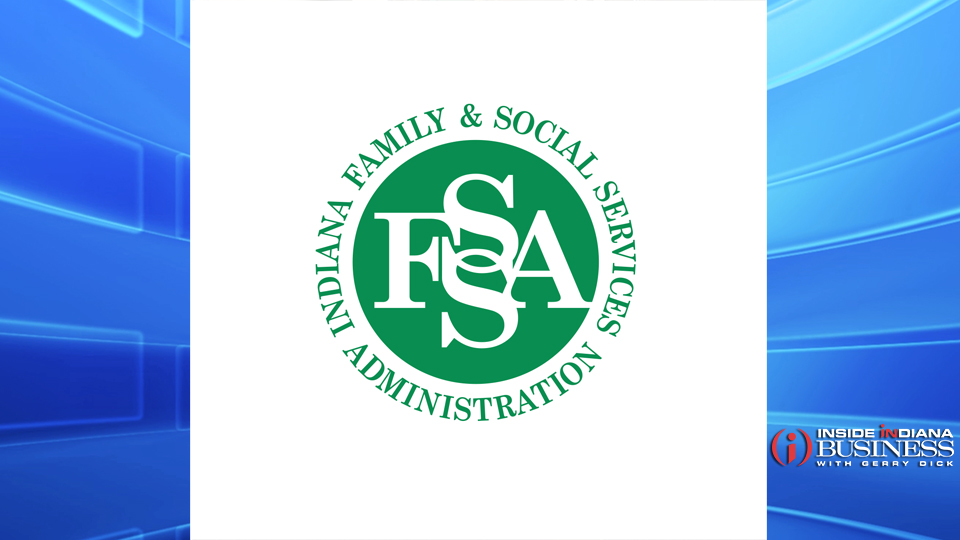FSSA implements waitlist for Aged and Disabled Waiver services
Subscriber Benefit
As a subscriber you can listen to articles at work, in the car, or while you work out. Subscribe Now
The Family and Social Services Administration (FSSA) last week announced a waitlist for the Aged and Disabled Waiver, meaning that Hoosiers in need of skilled nursing care and other services will be forced to wait.
In January, the agency warned that a waitlist could be imminent as it sought to reconcile a nearly $1 billion shortfall in Medicaid.
Previously, the agency said it maintained waiver slots at “approximately” 50,000 and would expand to 55,000 in 2025. However, those numbers weren’t included in the April 4 release.
“The Aged and Disabled Waiver has a maximum capacity each year for individuals to receive services through the Aged and Disabled Waiver. This number is determined in the state’s Aged and Disabled Waiver application, which is approved by the Centers for Medicare and Medicaid Services. FSSA has reached the currently allowed limit and must implement a waiting list for individuals seeking to access services through the Aged and Disabled Waiver,” an FSSA website read.
The five-page document included 21 “frequently asked questions” for impacted Hoosiers and emphasized that currently enrolled Hoosiers weren’t affected. FSSA advised those placed on the waitlist that it didn’t have estimates for the wait, which it said depended on waiver capacity and eligibility category.
To get on the list, FSSA directed Hoosiers to their local Area Agency on Aging (AAAs) — institutions who warned that state insertion into rate setting could jeopardize their futures earlier this month.
What is an Aged and Disabled Waiver?
As the state agency tasked with administering Medicaid and its services, FSSA assists Hoosiers in need of services whether they’re elderly, impoverished or disabled. The Arc of Indiana, which advocates for disabled Hoosiers and their families, offers a guide to the bevy of waivers FSSA offers, from community integration to traumatic brain injuries.
The Aged and Disabled Waiver, often shortened to A&D, serves Hoosiers over the age of 65 or people with substantial disabilities that would otherwise require care at a nursing facility with home- and community-based services. To qualify, one must have an income below $2,349 a month (equal to 300% of Social Security Income) and be in need of direct assistance for certain daily tasks, like eating or bathing.
Services can include attendant care, home-delivered meals, transportation and more — depending on the individual.
According to Arc, FSSA currently has waiting lists for both the Family Supports Waiver and the Traumatic Brain Injury Waiver. Individuals can track their application status with FSSA.
Still, the agency didn’t deny the possibility that some individuals may need to seek institutional care without access to the Aged and Disabled Waiver Service, though it encouraged Hoosiers to speak to their AAA to explore options.
“Your placement on the Aged and Disabled Waiver waiting list will be maintained while you are in a nursing facility,” the agency said.
Stakeholders have long acknowledged it is more expensive to care for someone in a nursing home than at home with supports.
Those on the waitlist who aren’t yet enrolled in Medicaid will still be able to apply. A rejection from Medicaid also doesn’t impact one’s spot on the waiting list. Hoosiers can be on multiple waiting lists but may only receive services from one waiver at a time.
In addition to AAAs, Hoosiers may reach out to local Aging and Disability Resource Centers through the INconnect Alliance. FSSA additionally has a resource list of several other programs Hoosiers can utilize while waiting.
Ties to the $1B shortfall
Though FSSA says the waitlist is due to its maximum capacity under approval from the federal government, the January warning was part of a multi-pronged approach to mitigating a nearly $1 billion “variance” from the December Medicaid forecast.
The agency said the package of moves could save roughly $300 million over the two-year budget.
Much of the growth came from spending on the Aged and Disabled Waiver, the agency said previously, specifically in attendant care services for parents of disabled children.
While the decision to curb the use of that program for families was met with outcry repeatedly during the legislative session, other changes haven’t attracted the same attention, including a pause on a 2% indexing — or increase — for certain Medicaid services, including dental. Due to the “interdependent” nature of the changes, FSSA has said it can’t break down costs by each category.
Arc, in an email broadcasting the waitlist to its stakeholders, vowed to continue its advocacy and assist Hoosiers in need of services.
“The Arc of Indiana will monitor the waiting list closely as we are always concerned when people are not getting the supports and services they need to live as independently as they can and wish to. We realize that the state needs to make some difficult financial decisions due to the December Medicaid Forecast, but we hope that Indiana will continue to prioritize home and community- based supports for our most vulnerable Hoosiers,” Kim Dodson, the organization’s CEO, said in a statement.
